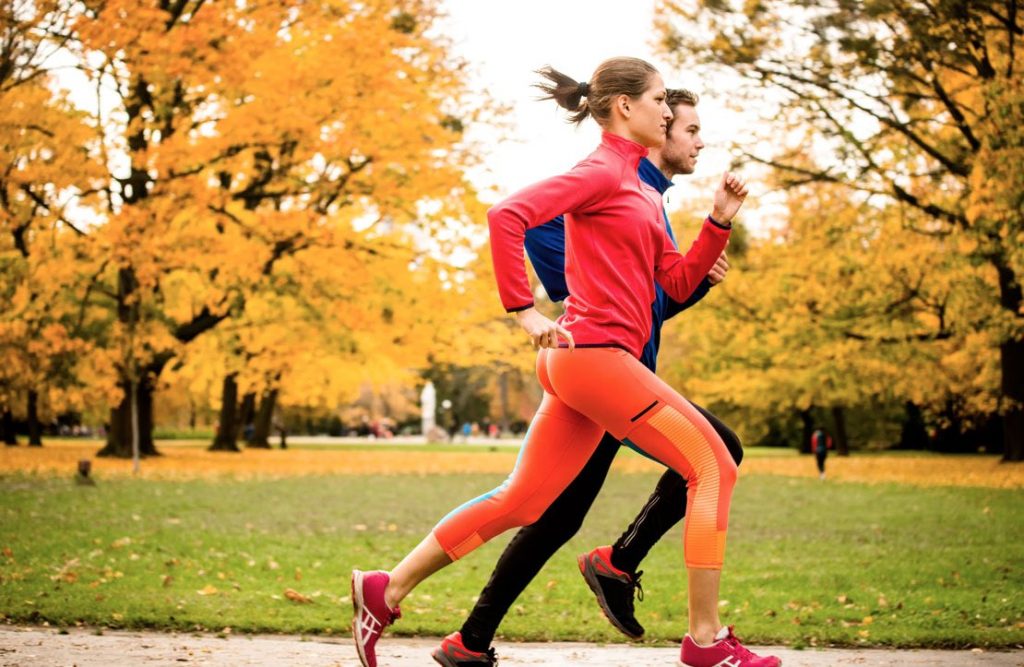Strides are a great addition to a runner’s training and help with form, biomechanics, recovery and speed. They are also perfect for easing into fast running mode before a race.
A series of strides are usually performed as short sprints over 100m to 150m at 85% to 90% max effort, roughly your 5k pace or slightly quicker, followed by a recovery between each stride and repeating.
Typically, you will perform four to six either after an easy/recovery run, before a high-intensity training session or before a race.
The benefits of strides
There are numerous benefits from adding strides into your training routine, but it can also depend on their intended use; pre-race, training session or following an easy/recovery run.
Firstly strides help you work on your running form and biomechanics in short manageable ways. It’s a lot easier to focus on good form and how you land with each step over 100m and feeling reasonably fresh, than it is tired during a long run.
This repetition will help create mental reminders to how you should be running when fatigue sets in and form suffers during a race. Also by simulating good running form, it becomes more natural for the body to sustain during a race.
Before a race or training session, a series of strides are a great way to warm up and prepare your body, both physically and mentally for the faster pace to come. You will elevate your heart rate and increase the blood circulation to your muscles, loosening the joints and tendons used in running fast. Preparing the body in this way will also help prevent injuries.
Further reading about how to warm up before a race or training can be found here.
Strides are also beneficial for recovery and stretching out your stiff legs, particularly the day after a high-intensity session or high mileage run. After your easy/recovery runs a few (four is fine) strides in this manner will increase blood circulation to your muscles, break up some lactic acid build-up in your legs, and help aid recovery.
For distance runners, where a lot of training is aerobic, strides are a good way to add some extra speed work into your training by recruiting your fast twitch muscles without needing the extra recovery time that you otherwise need following a full high-intensity session.
How to perform strides
To perform strides accelerate gradually over 25 – 30 metres (85% to 90% of your max effort, roughly your 5k pace or slightly quicker) and hold that pace for 50 to 70 metres, before easing off and coming to a gradual stop over the last 25 – 30 metres.
You will want to find flat terrain and it’s advisable to ease into the pace over those first metres to help avoid injury. Stay relaxed throughout, and pay attention to your form; shoulders, head, arms and focus on landing on the front of your midfoot with each step.
Take time to recovery after each stride, either walk back to were you started or wait for about one to two minutes before beginning the next one.
